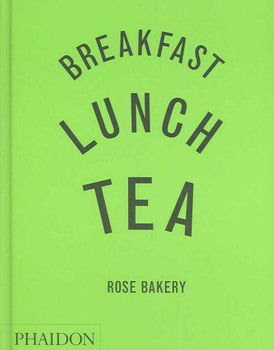Sauteed black trumpet mushrooms on fresh watercress, with bok choy flowers
I've signed up to be a Meatless Monday blogger. Our household is predominantly meatless, and I thought it would be fun to share some of the meals we enjoy (prepared mostly by the DH, dear hubby). We choose this way of eating in concern for the environment, along with our health. Plus, we both love vegetables and greens - it's a delicious way to live!
Today's meal is a simple one, prepared by yours truly (for my family - I know, a shock!). I picked up some cress and mushrooms at a recent farmer's market. I simpled washed and tore the cress. Then I sauteed the mushrooms in olive oil and a bit of white wine. That's it - no salt, no nothing. I sprinkled the flowers on top and it became this beautiful, healthy, seasonal meal.
I hope you'll share with me some of your favorite meatless meals, too!
About Meatless Monday, from its website:
"Meatless Monday is a non-profit initiative of The Monday Campaigns, in association with the Johns Hopkins’ Bloomberg School of Public Health. We provide the information and recipes you need to start each week with healthy, environmentally friendly meat-free alternatives. Our goal is to help you reduce your meat consumption by 15% in order to improve your personal health and the health of the planet.
Presidents Wilson, Truman and Roosevelt galvanized the nation with voluntary meatless days during both world wars. Our intention is to revitalize this American tradition. We’re spearheading a broad-based, grassroots movement that spans all borders and demographic groups. By cutting out meat once a week, we can improve our health, reduce our carbon footprint and lead the world in the race to reduce climate change."















b.JPG)
b.JPG)
b.JPG)
b.JPG)
b.JPG)

b.JPG)
.JPG)
.JPG)
b.JPG)




b.JPG)
.JPG)















